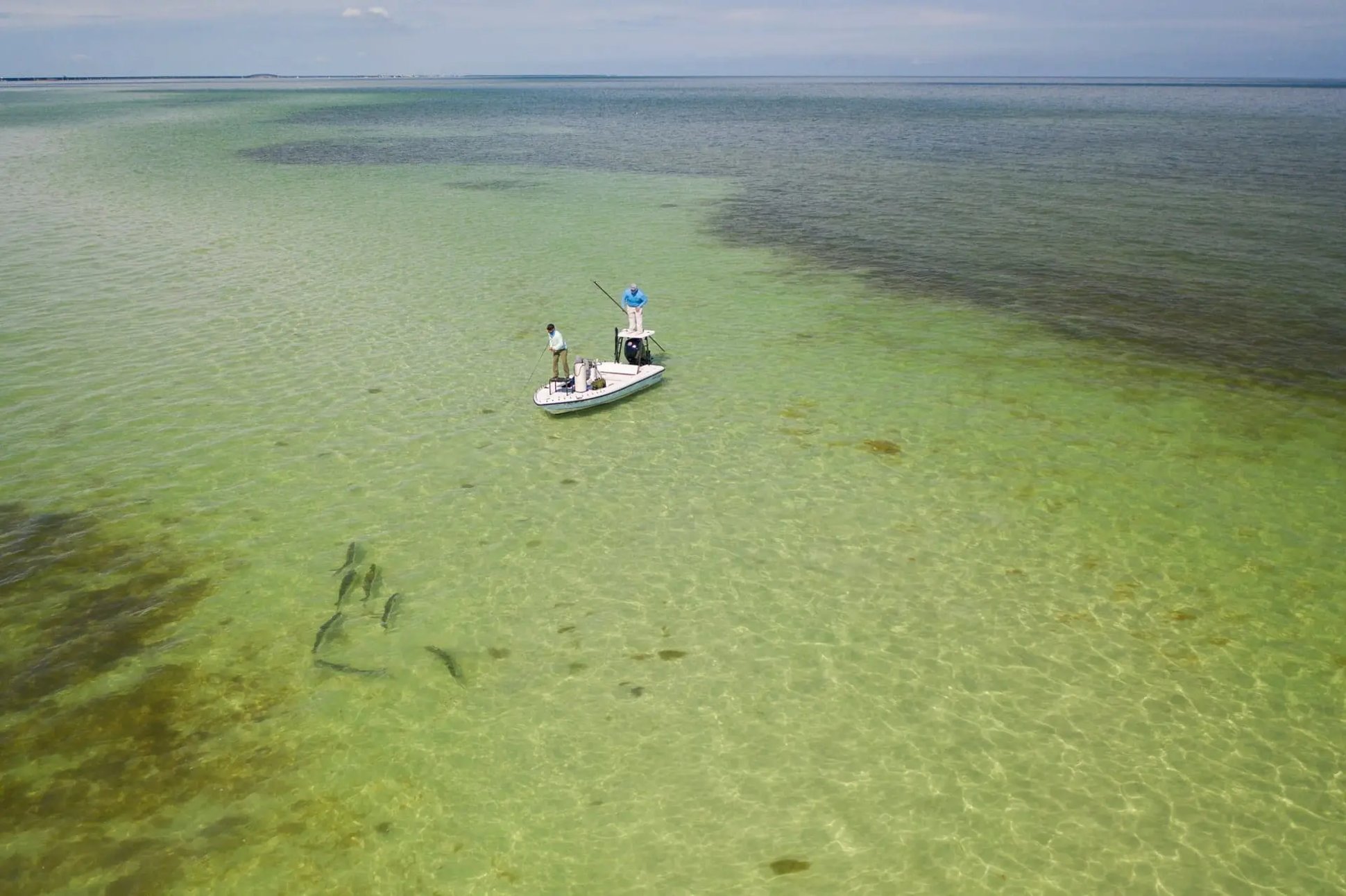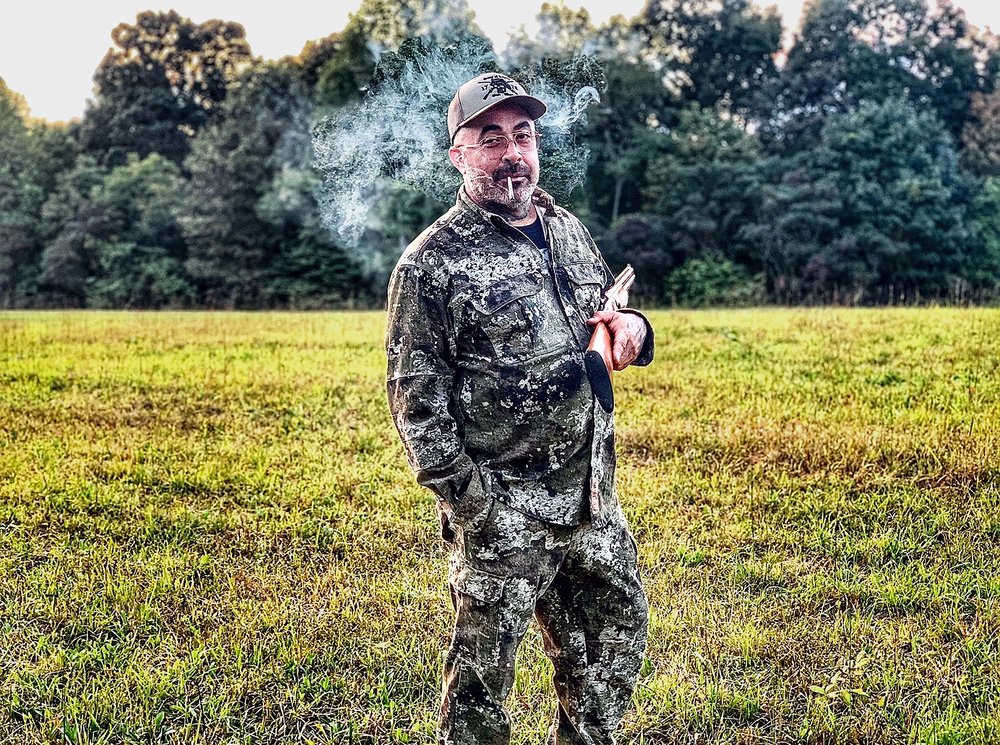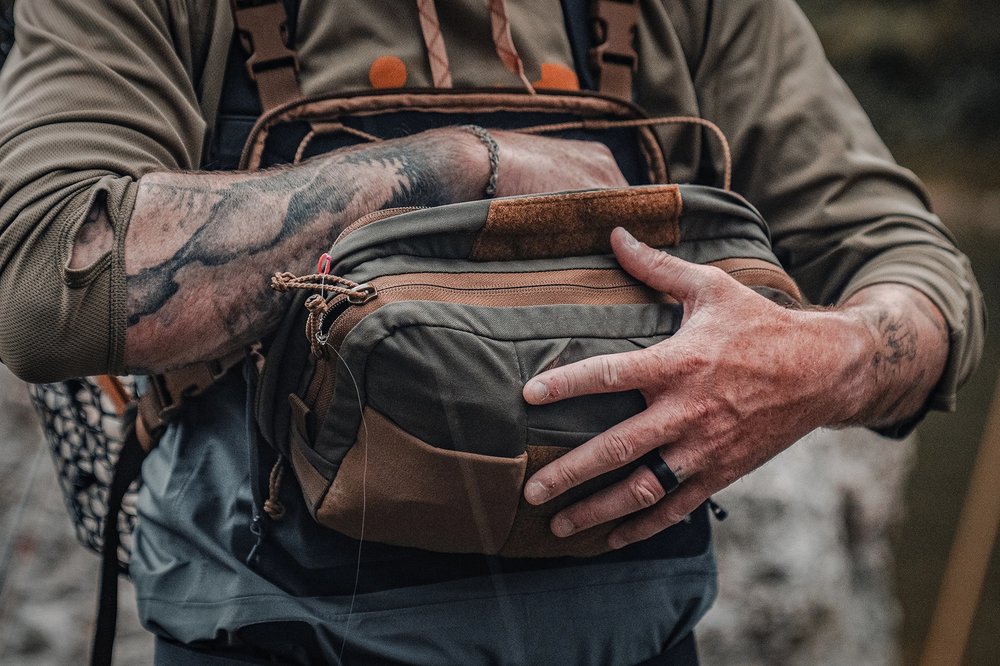As you drive down U.S. Highway 1 in Florida and cruise over the turtle-green bays and into the saltwater fishing capital of the world, Islamorada, there’s a pier-side tiki joint named Robbie’s. I suggest you stop in there, find your way to the Thirsty Tarpon bar, and ask for one of its famous Trailer Trash Bloody Marys that’s a meal unto itself; order up a lobster frittata, or go parasailing, whatever. Just don’t stroll out onto the dock to feed the tarpon—if you’re a tarpon fisherman. Trust me on this.
If you do, rest assured some vacationing kid’s father has paid six bucks to let him wag a dead mullet inches over the water and giggle as a bucket-mouthed gamefish as big as your dreams thrusts a scaly head from the water to gulp the bait from the child’s hand without even scraping his thumbnail.
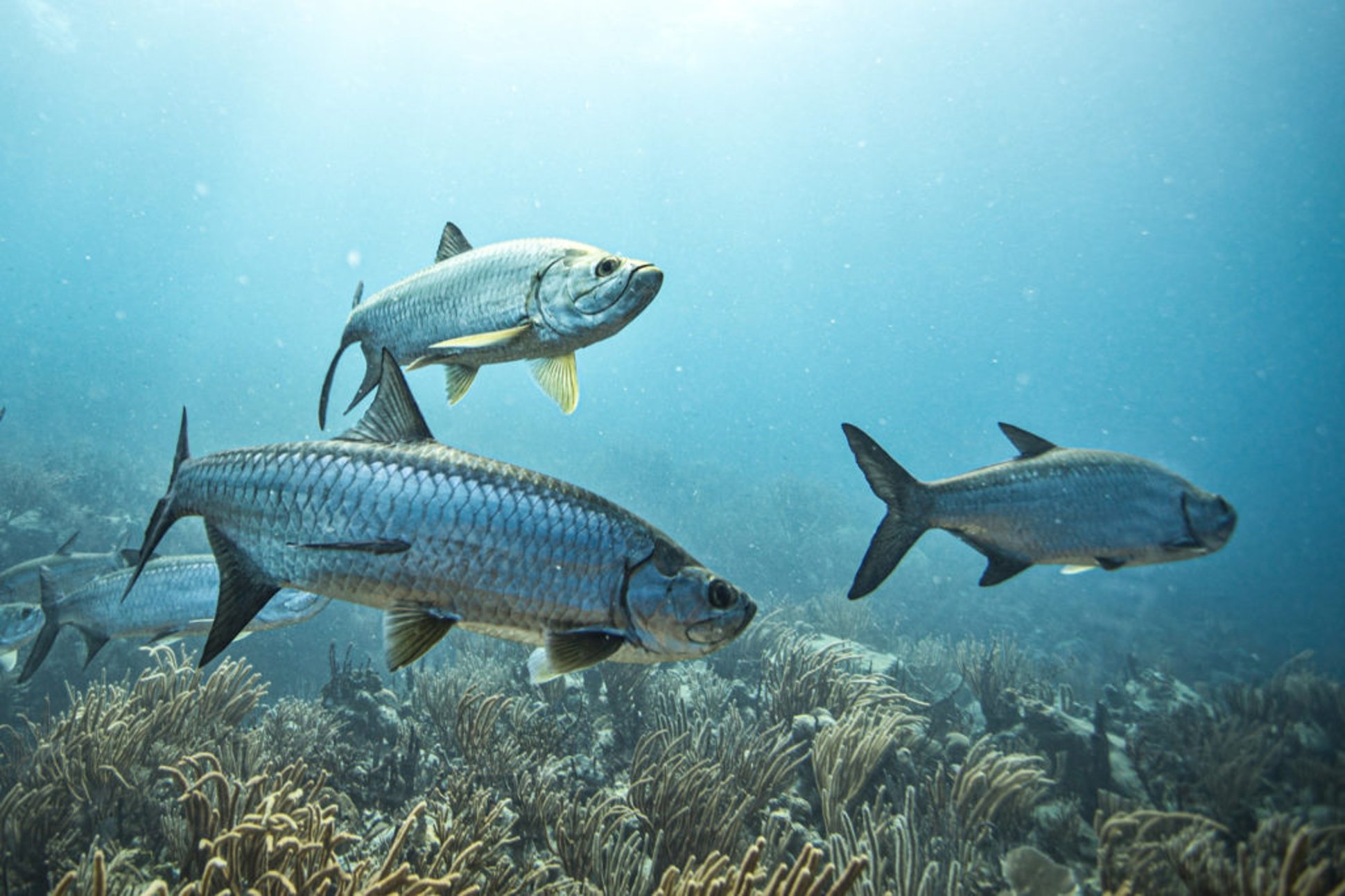

Certainly, the resident tarpon that cruise Robbie’s Marina have been conditioned like Pavlov’s dogs, but for fishermen like me whose top line of a lengthy bucket list reads “trophy tarpon,” the whole scene almost makes the thought of hooking one seem too easy—and this can present a false sense of confidence going into a three-day trip for just such a fish.
My longtime buddies Joe Coogan, Bruce Anderson, and I studied our quarry’s bony inner mouth for a short second before draining our Red Stripes and wheeling toward the exit. We had another hour’s drive farther south to the second-to-last island in Florida’s famous archipelago and a little-known sportsmen’s paradise called the Bahia Honda Sporting Club.
Bahia Honda is probably the least known of the keys, and that’s partly what makes it such a tremendous fishery. The other part is its deep rocky channels that attract baitfish, but more on that later. We were to check into the Bahia Honda Sporting Club (BHSC), meet its owner, eat dinner, and prepare to battle a tarpon with our fly rods the following morning.
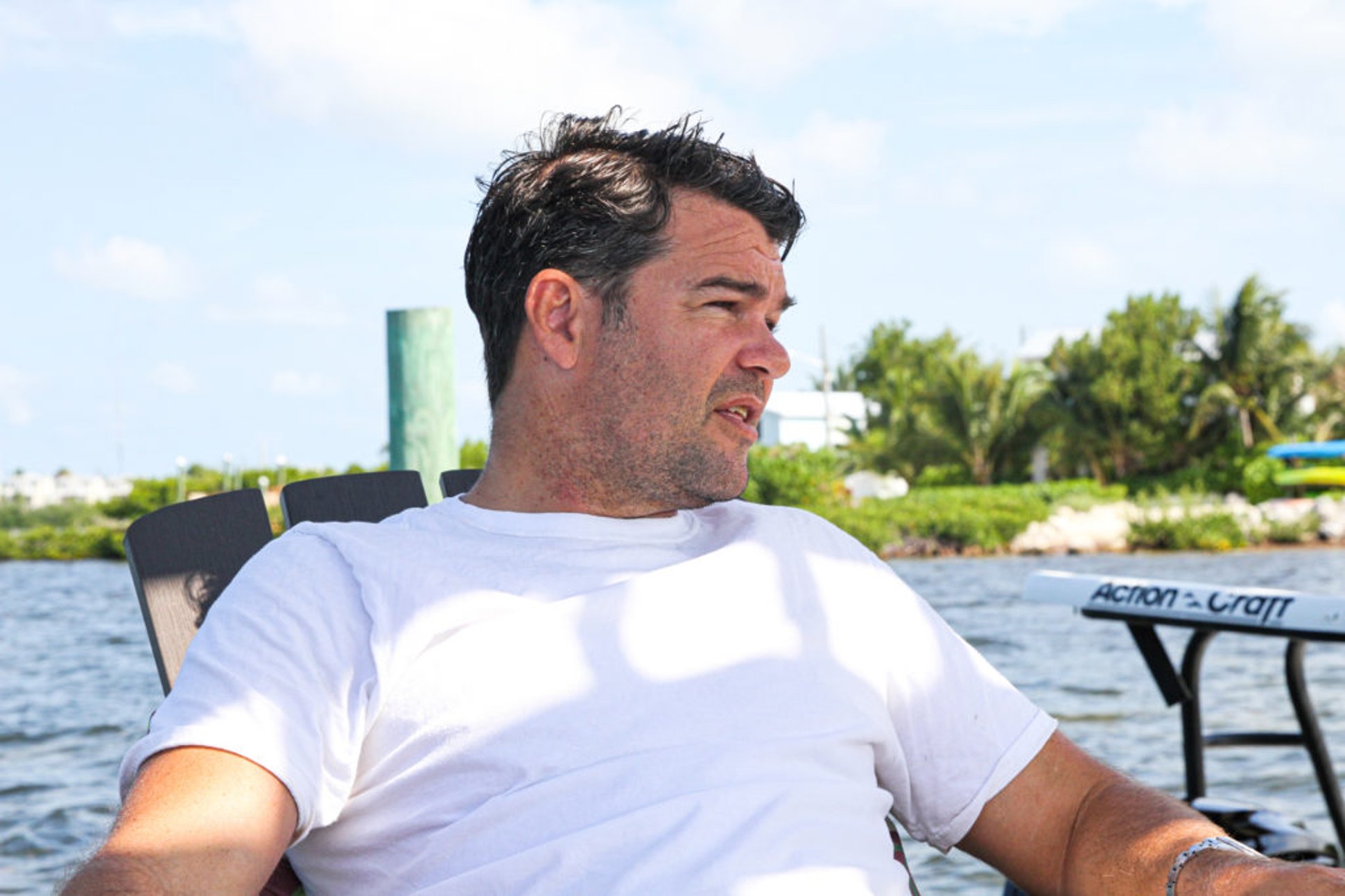
BHSC, GORDON BAGGETT, AND THE WORM
Gordon Baggett is an interesting cat. Young-looking, well-spoken, and suave with dark, perpetually combed hair, the guy is a South Florida native who spent his post-college years guiding for bonefish and permit in the Bahamas each spring before flying to Texas where he’d trade his flip flops for boots and his shades for a Resistol to ride bulls professionally.
But over time, enough brain-jarring rides on boats and bulls no doubt hastened his realization that although his Bahamian-bound clients were fond of catching bones by the bushel, they were crazy for tarpon—and they’d pay royally for a decent double haul at one. Having fished arguably the most fertile tarpon waters in the world since childhood, Baggett set out to facilitate a sportsman’s oasis devoid of highway and boat traffic where dedicated fishermen could dictate their own schedules, enjoy camaraderie and cuisine for a few stress-free days, and, mainly, focus on fishing. So, he rented a private villa on a secluded bay to accommodate his budding clientele and began guiding world-traveling sportsmen for Florida’s fish of fish, the only member of the family Megalopidae, the spectacular, tenacious, high-flying, and tough-mouthed tarpon.
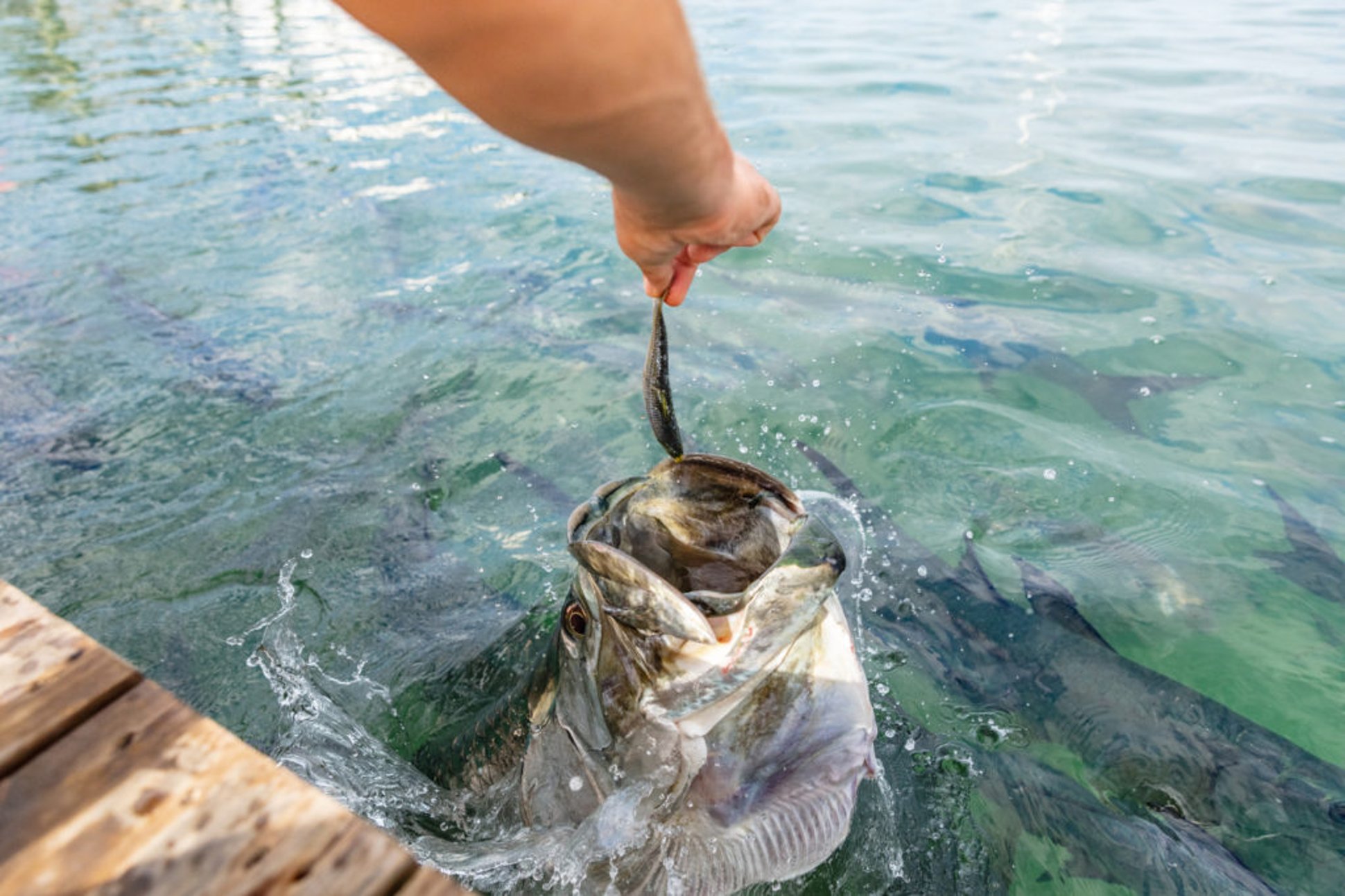
But Baggett also had a trick up his sleeve. You see, a few years prior he’d discovered something that is rarely mumbled among the entire saltwater fishing world. Part of this is owed to the secretive nature of fishermen, but the other part is due to the phenomenon that’s still not entirely understood.
Reality is that tarpon fishing in the flats is about 10 percent fishing and 90 percent hunting for fish. Because tarpon school up and constantly cruise in and out of various areas to feed, rarely does a fisherman blindly cast a fly and catch one by chance. So everyone must stare into the water for the shadowy forms of fish, and on top for the slightest fin or ripple of a rolling tarpon—before wasting energy casting.
Bruce, Joe, and I lit our Habanos and listened like kids to a campfire spook story as Baggett spilled his secrets. To be honest, I was worried about the fact that although I’ve flogged plenty of trout streams with 4-weights and Royal Wulffs, I’ve done very little flats fishing with a 10-weight that quickly begins to feel like a log. But he assured us that if the worm bite was on, there’s no better way to catch tarpon than with a fly rod, and virtually anyone can do it. Coogan’s eyes grew larger than minnow buckets.
“Worm bite?” he asked, as though St. Peter was about to reveal the meaning of life.
And Baggett delivered. I’m paraphrasing here, but basically the story goes like this: After casting to scores of tarpon in late May with zero success, young Baggett noticed a strange hatch of worms emerging from the coral and drifting across the bay by the millions. Everywhere he looked, tarpon feasted as if it were free prime rib night down at the Four Seasons. So after a day of trial and error in his garage, he perfected a simple, stiff, worm-looking fly to match what he’d seen and zipped back out to the fish. Baggett claimed he caught tarpon that evening until the thought of holding onto a rank-bucking bull seemed soothing to him.
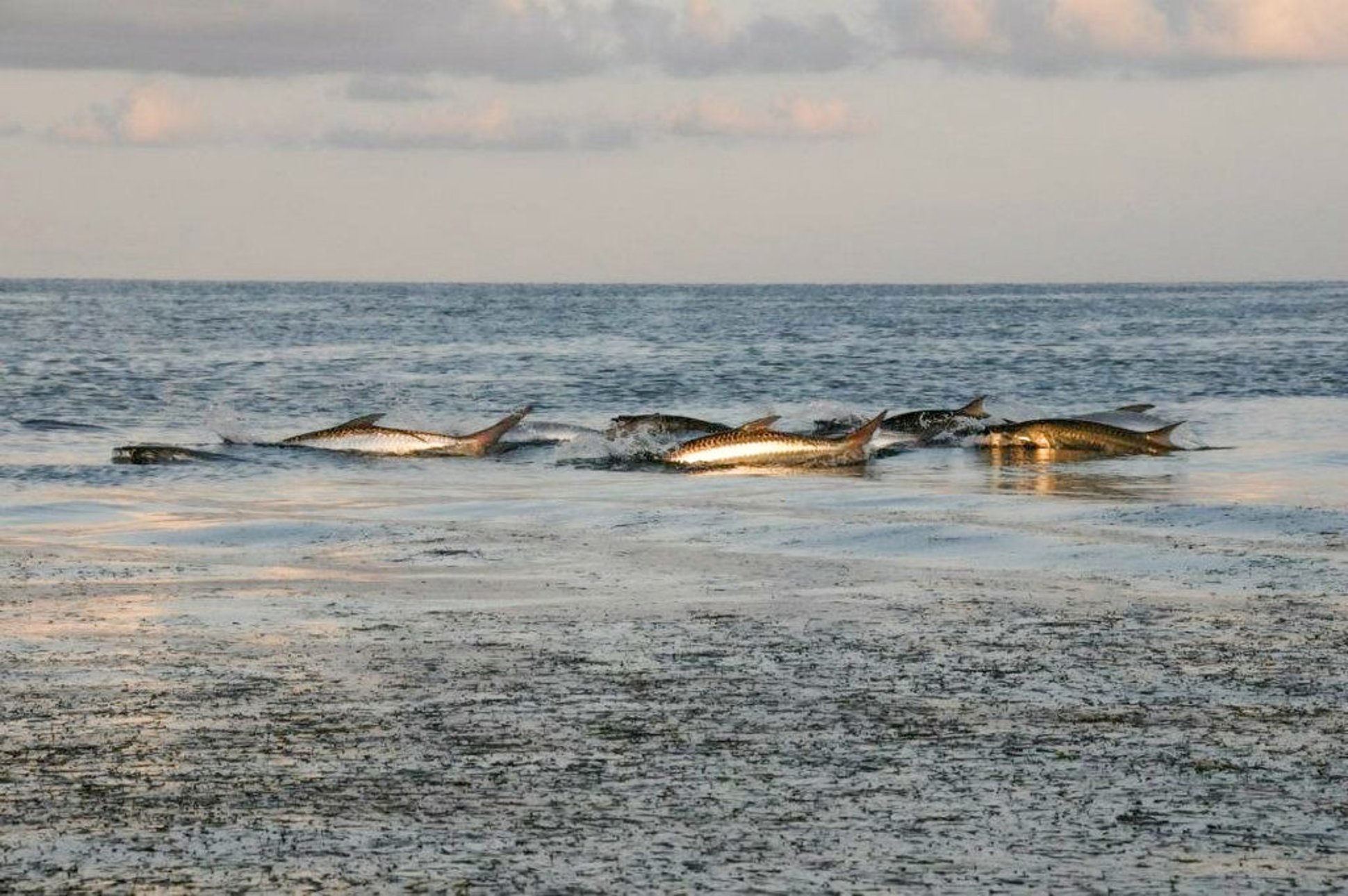
“Well,” said Bruce, always one to ask the obvious. “Is the worm bite on?”
“Impossible to predict,” Baggett replied. “But we’ll see tomorrow.”
And with that, our host left us to peer eastward across the pristine salt flats and ponder this mysterious little worm that for all we knew was a cruel Florida Keys farce played on his first-time guests. Regardless, that night I dreamed of a world-record sized fish on the fly.
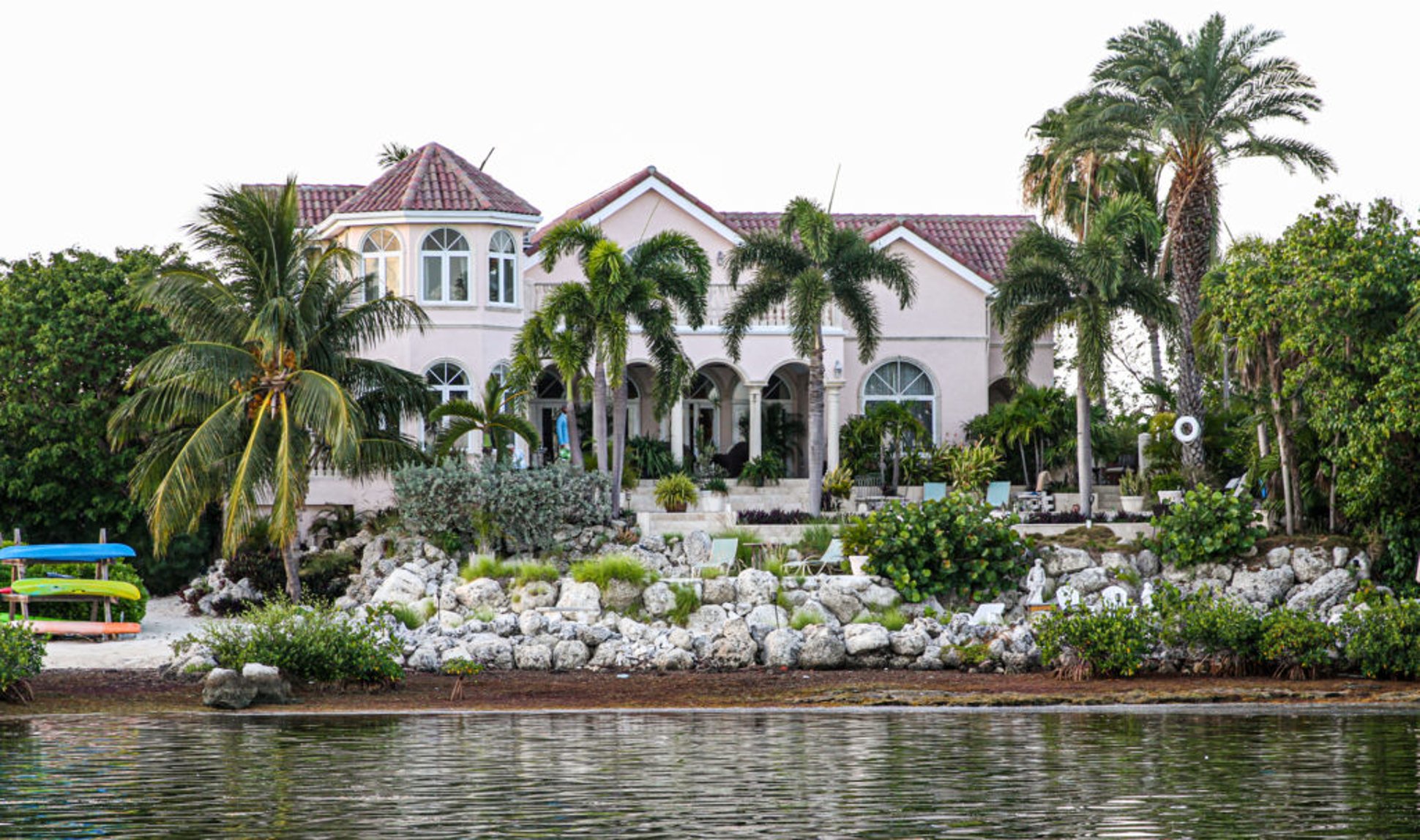
TARPON ON!
Reality is that tarpon fishing in the flats is about 10 percent fishing and 90 percent hunting for fish. Because tarpon school up and constantly cruise in and out of various areas to feed, rarely does a fisherman blindly cast a fly and catch one by chance. So everyone must stare into the water for the shadowy forms of fish, and on top for the slightest fin or ripple of a rolling tarpon—before wasting energy casting. However, if your eyes aren’t trained to the glaring, mind-numbing aqua-monotony, it’s very tough to spot fish. That’s why most of us should rely on an experienced guide.
For the first two days of fishing, we saw only a few tarpon and never hooked one. Back at the lodge, the other guests—mostly Gordon’s repeat clients with albums of cell phone pictures proving their prior catches—confirmed what we knew: The worms hadn’t yet hatched, and Bahia Honda wasn’t the Silver King mecca it can often be.
But, oh what a time we had talking tactics and adventures to come over wine and five-star, five-course meals prepared by the club’s private chefs Ally and Bill, and a wonderful assistant named Mariah. As in all pure hunting or fishing, the host cannot control the game but only the service provided. And the service was spot-on.
On the final day of our tarpon road trip, our guide Bobby poled us to a shallow lagoon surrounded by mangroves and suddenly became excited by a misplaced glint of light. That’s when Bruce casted, the water exploded, and I yelled, “Tarpon on!” It was a tarpon all right, although a juvenile fish not nearly the size envisioned in our dreams. We fished until the sun set over the Keys, but as for action, that was it.
Are tarpon easy? Nope, and there are no real tricks if they aren’t hungry. Even if you find a school, make a perfect cast, and hook one on a fly, the odds of landing it are about 10 percent. But I’m also sure that bucket list toppers aren’t supposed to be easy; that’s what makes them so memorable when the box is finally checked. Even at the BHSC where the living is posh, the fishing is still fishing, and that’s why I love this sport. No matter the money a man has, he can’t just buy a bite ... unless, of course ….
“Hey Joe,” I said as we entered Islamorada and headed back north up Highway 1. “You got six bucks on ya?”
“Maybe, why,” asked Joe. “Let’s stop at Robbie’s.”
THE ANNUAL PALOLO WORM HATCH
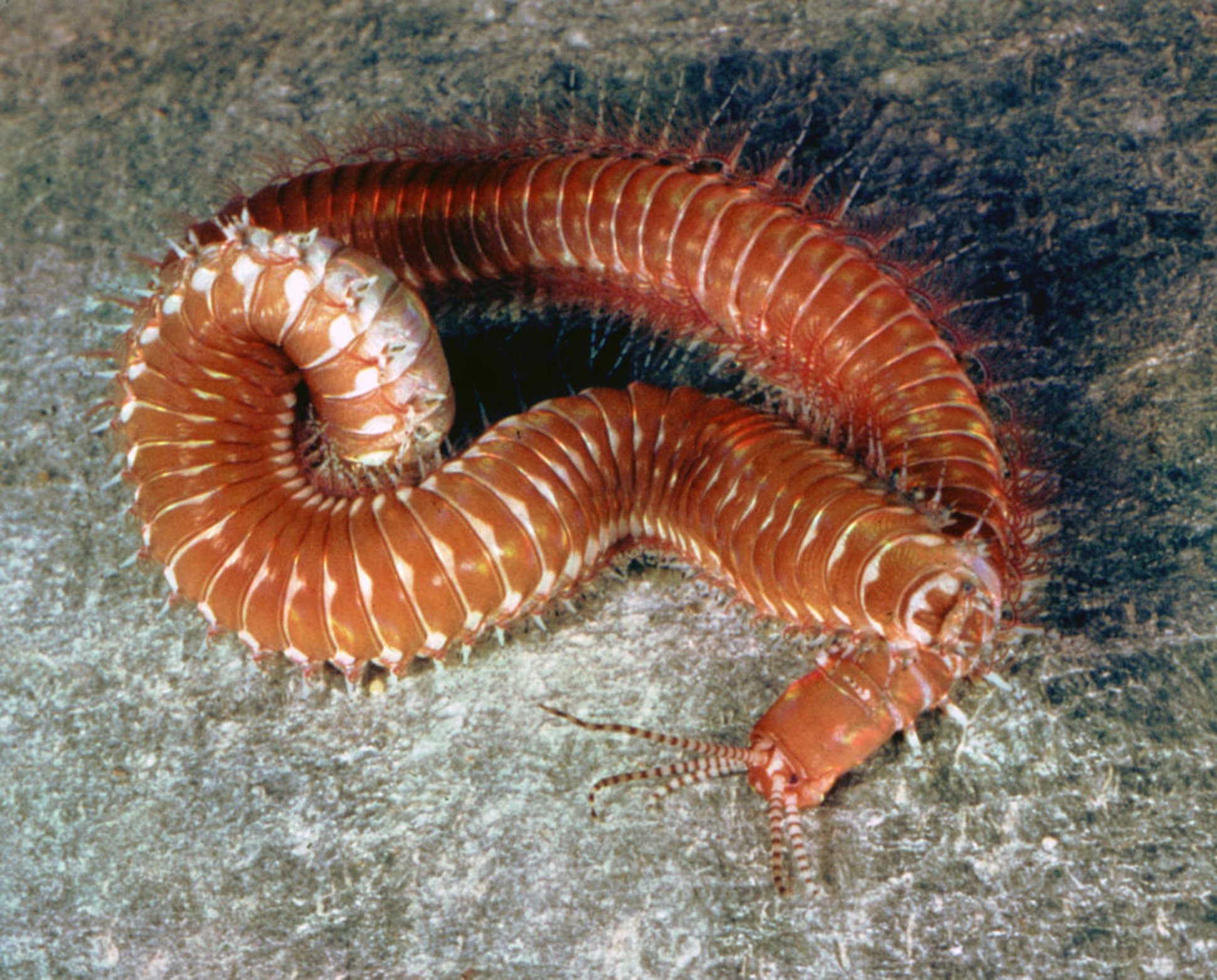
What’s the mystery worm? Turns out, the white and reddish, one- to three-inch worms are Palolo worms, indigenous to South Pacific islands where they are a delicacy to its people, even commanding an annual festival called Nyale. Once per year in late May/early June the worms hatch from Bahia Honda’s coral—likely a reason why tarpon annually migrate there. Fishing guide Gordon Baggett has long since perfected his own imitation fly, called, befittingly, “Gordon’s Stiff Worm.” According to repeat guests at the lodge whom I interviewed, it works like magic when the worms flood the flats. The fly should be casted to a sighted tarpon and stripped in vigorously by placing the rod under the arm to allow constant stripping with both hands so the worm never stops drifting, just like the actual worms behave in the current.
